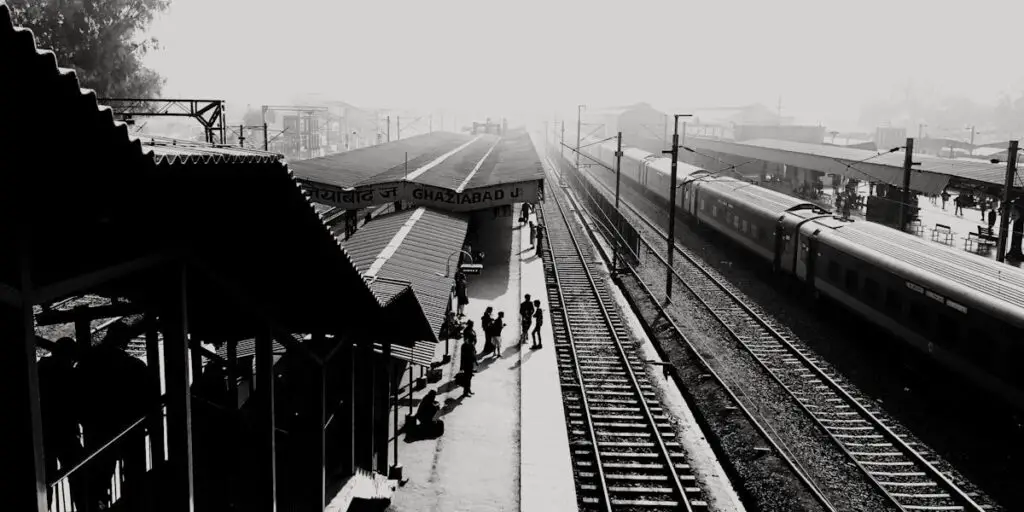The agrarian class structure in India is a complex and historically rooted system that has evolved over centuries, influenced by factors such as land ownership, caste, economic status, and political power. The structure reflects the diversity of agricultural practices and socio-economic conditions across different regions of the country. Here’s an overview of the agrarian class structure in India with examples:
1. Landowners
- Large Landowners:
- Description: Large landowners control substantial amounts of agricultural land and often have significant economic and social influence in rural areas. They may own land through inheritance or acquisition and typically engage in cash crop production or large-scale agriculture.
- Examples: In Punjab and Haryana, large landowners are often involved in wheat and rice production. They benefit from government subsidies and support programs, and their wealth often translates into considerable political influence.
- Medium Landowners:
- Description: Medium landowners possess moderate amounts of land, usually enough to support their families and sometimes employ laborers. They may engage in both subsistence and cash crop farming.
- Examples: In parts of Maharashtra and Karnataka, medium landowners grow a variety of crops, including sugarcane and cotton, and may participate in local agricultural cooperatives.
- Small Landowners:
- Description: Small landowners have limited landholdings, which may be insufficient to fully support their families through agriculture alone. They often supplement their income through non-agricultural work.
- Examples: In Tamil Nadu and Andhra Pradesh, small landowners grow crops like pulses and vegetables. They may rely on additional sources of income, such as remittances or local trades.
2. Agricultural Laborers
- Landless Laborers:
- Description: Landless laborers work on the lands owned by others and are often engaged in manual labor for wages. They typically do not own any land and have limited economic security.
- Examples: In Bihar and Uttar Pradesh, landless laborers work in paddy and sugarcane fields. Their work is often seasonal, and they may face challenges related to job insecurity and low wages.
- Casual Laborers:
- Description: Casual laborers are hired on a temporary or part-time basis for specific agricultural tasks, such as planting, harvesting, or weeding. They may work for different landowners depending on the season.
- Examples: In the hill regions of Himachal Pradesh, casual laborers might be employed during the apple harvesting season.
3. Tenant Farmers
- Sharecroppers:
- Description: Sharecroppers cultivate land owned by others and give a share of the produce to the landowner as rent. They often face challenges related to debt and exploitation.
- Examples: In West Bengal, sharecroppers might work on land owned by absentee landlords, providing a portion of their crop as rent.
- Fixed Rent Tenants:
- Description: Fixed rent tenants pay a predetermined amount of rent to the landowner, either in cash or kind. They have more stability compared to sharecroppers but may still face economic pressure.
- Examples: In Rajasthan, fixed rent tenants may grow crops like millet and pulses on leased land, paying an agreed-upon rent.
4. Agrarian Middle Class
- Successful Farmers:
- Description: Successful farmers who have benefited from modernization, irrigation, and government support programs often fall into this category. They have improved their economic status through efficient farming practices and sometimes diversification.
- Examples: In Gujarat and parts of Maharashtra, successful farmers might engage in horticulture, dairy farming, or agro-based industries, benefitting from government schemes and technological advancements.
- Cooperative Members:
- Description: Members of agricultural cooperatives, such as dairy or sugarcane cooperatives, often form a part of the agrarian middle class. Cooperatives provide them with better access to resources, credit, and markets.
- Examples: The Amul dairy cooperative in Gujarat has significantly improved the livelihoods of its members, transforming them into a relatively affluent class within the agrarian structure.
5. Historical and Regional Variations
- Historical Context:
- The agrarian class structure in India has been influenced by historical factors such as colonial land revenue systems, zamindari systems, and princely states. For example, the British colonial period saw the introduction of the zamindari system, which created a class of landlords who exploited tenant farmers.
- Regional Variations:
- The agrarian class structure varies significantly across regions due to differences in land tenure systems, agricultural practices, and socio-economic conditions. For instance, the agrarian structure in the Green Revolution areas of Punjab and Haryana is different from that in the rain-fed regions of Odisha or the drylands of Rajasthan.
Summary
The agrarian class structure in India is characterized by a hierarchy based on land ownership, economic status, and labor relations. It includes large landowners, medium and small landowners, agricultural laborers, tenants, and the agrarian middle class. This structure is influenced by historical factors, regional variations, and socio-economic changes. Understanding this structure is crucial for addressing issues related to land reform, agricultural productivity, and rural development in India.
Additional Contents:
What are the difference between old social movements and new socialmovements? Discuss with examples. (500 words)



